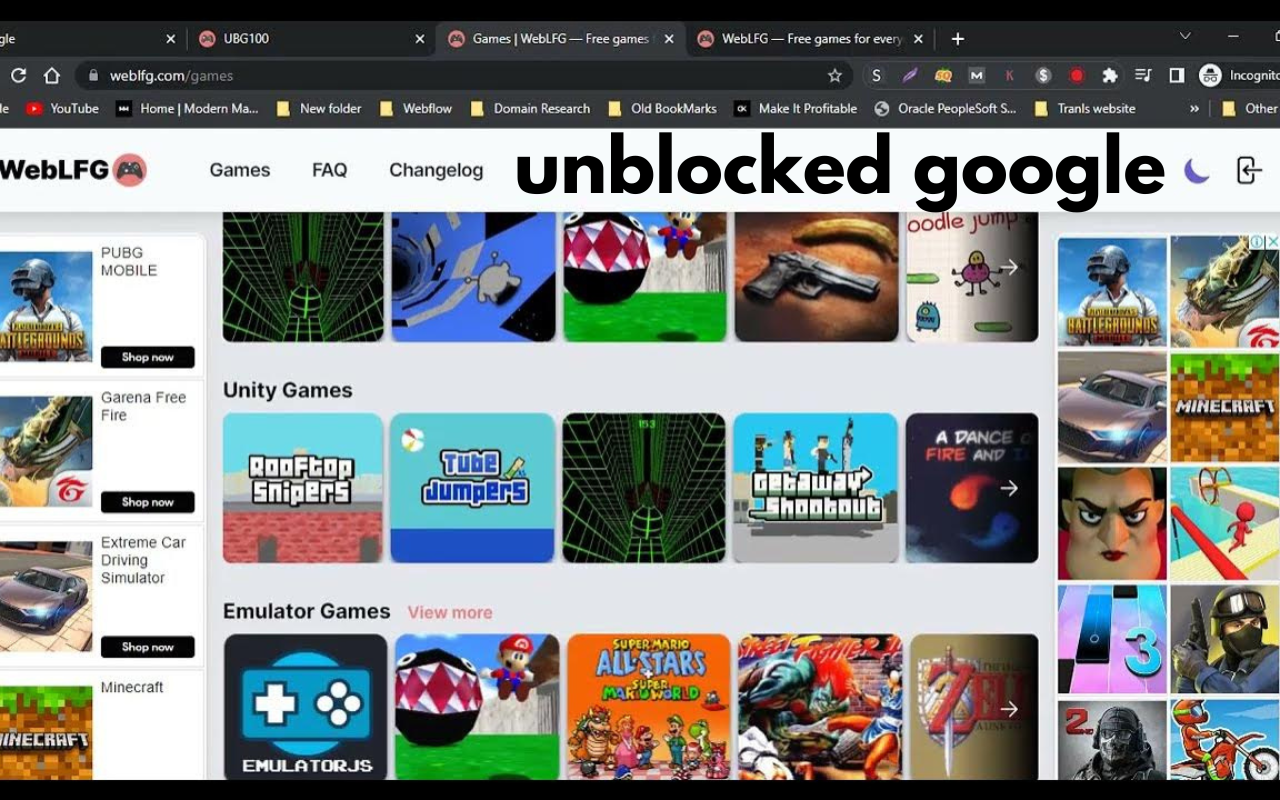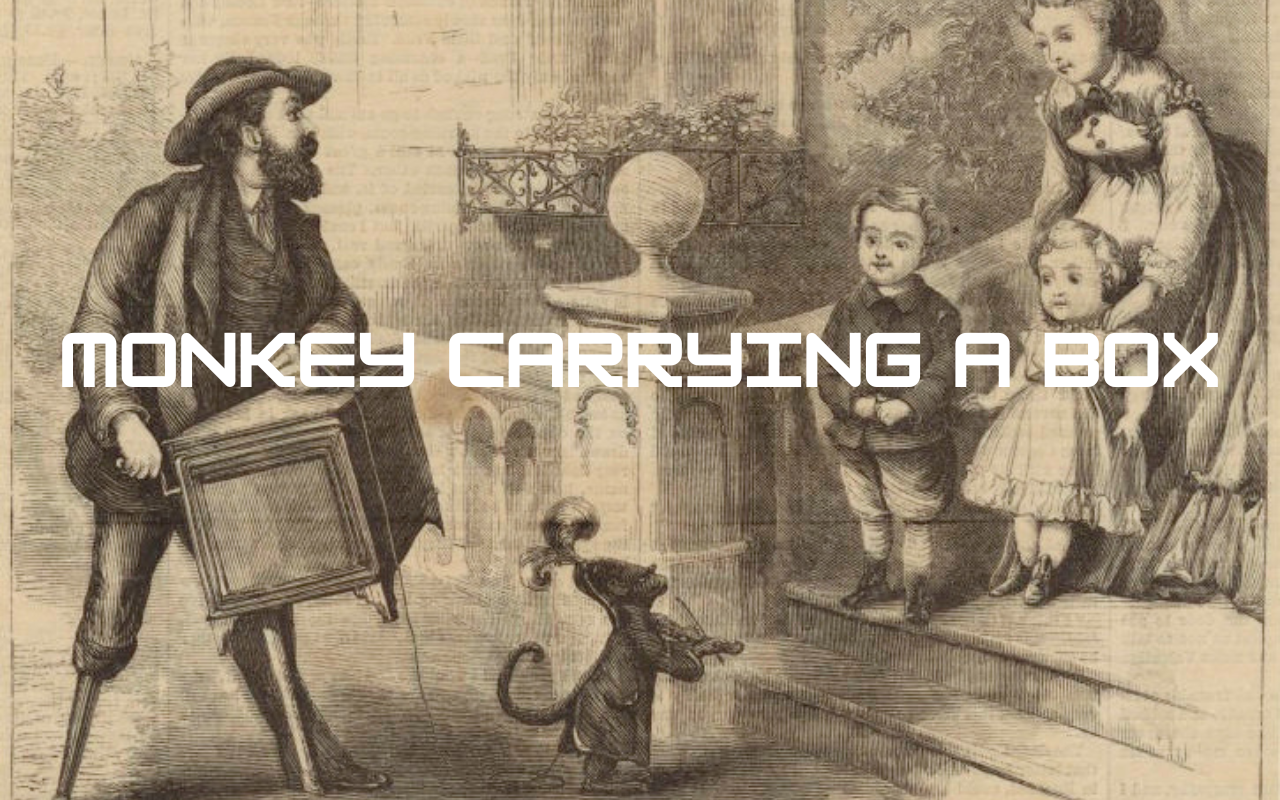Zvideo: The Controversial Rise of a Viral Platform
In an era dominated by short-form video and on-demand content, new platforms can rise to prominence almost overnight. One such entrant, zvideo, has recently begun making waves across digital communities. While many users are still unfamiliar with the full scope of the platform, zvideo is already attracting attention—both positive and negative—thanks to its unique approach to video sharing and the nature of its content.
Zvideo isn’t your typical content-sharing platform like YouTube or TikTok. Instead, it exists in a murky space where entertainment, anonymity, and sometimes controversy intersect. As a result, the platform has become both a haven for viral creativity and a flashpoint for digital ethics debates. For some, zvideo represents the next evolution in user-generated content; for others, it’s a red flag signaling a lack of regulation.
In this article, we’ll delve into what zvideo actually is, explore its core features, examine the controversies surrounding it, and analyze its broader cultural implications. Whether you’re a curious onlooker or an active digital participant, understanding zvideo is essential in today’s fast-evolving online landscape.
What is Zvideo?
Zvideo is a relatively new but increasingly popular video-sharing platform that offers users the ability to upload, share, and stream content. Unlike mainstream platforms that are heavily regulated and monetized, zvideo appears to offer a more open-ended, unfiltered approach to video sharing. This has led to the platform being seen as both a creative frontier and a potential legal quagmire.
At its core, zvideo hosts a wide array of content ranging from memes, skits, and animations to more adult or controversial material. This variety attracts a diverse user base, from casual browsers seeking entertainment to niche creators looking for freedom from content restrictions. It’s this balance—between unfiltered creativity and unchecked content—that gives zvideo its distinct identity.
Launched without much corporate backing or fanfare, zvideo gained traction through word-of-mouth and social media mentions. Its rise was organic, driven largely by users tired of the algorithmic gatekeeping found on other platforms. In many ways, zvideo mirrors the early days of platforms like YouTube or Reddit—spaces that were initially raw, user-driven, and chaotic.
Compared to competitors like TikTok, zvideo lacks the polish and commercial backing, but what it lacks in refinement, it makes up for in raw user engagement. Its minimal moderation allows for quicker virality and instant feedback loops. However, this freedom also opens the door to problems ranging from copyright issues to harmful content.
Platform Features and User Experience
Zvideo’s user interface is refreshingly simple, focusing on content consumption rather than extensive community engagement. Videos are typically organized by trending tags or user-generated categories, and the platform avoids complex algorithms that push content based on past behavior. This gives newer creators a chance to be seen without having to game the system.
Accessibility is another strong point for zvideo. The platform is free to use, with no mandatory registration required for viewing content—an increasingly rare feature in the modern digital ecosystem. This low barrier to entry has fueled its growth, particularly among younger audiences and users from regions with limited access to mainstream social platforms.
Content upload is straightforward: users can drag and drop videos without worrying too much about format limitations or copyright flags. The lack of stringent verification has made zvideo a fertile ground for memes and short, edgy content that would otherwise get flagged on YouTube or Instagram. Some even use it as a backup hosting site for content removed elsewhere.
Additionally, zvideo does not yet have a formal monetization program, which means it relies primarily on ad placements or third-party partnerships. While this may deter professional creators looking to earn revenue, it also keeps the platform from being over-commercialized. As a result, the experience feels more grassroots and less corporate.
Controversies and Legal Challenges
As with any platform offering unfiltered user-generated content, zvideo has found itself embroiled in multiple controversies. The most glaring issue involves the presence of pirated, explicit, or potentially harmful material. Due to its lax moderation policies, zvideo has inadvertently become a hub for videos that mainstream platforms refuse to host.
One of the biggest concerns is the platform’s approach to copyright enforcement—or lack thereof. Creators and media companies have voiced frustration over the re-uploading of proprietary content without consent. This has led to takedown requests, legal threats, and in some regions, temporary bans or blacklisting of the platform altogether.
Privacy and data concerns also loom large. Since zvideo does not enforce stringent user verification or security protocols, it’s unclear how user data is stored or used. In an age where digital privacy is paramount, this lack of transparency makes zvideo a risky choice for cautious users. In fact, some cybersecurity experts have warned against uploading personal or sensitive content to the site.
Zvideo’s controversial standing has led to scrutiny by governments and regulatory bodies, especially in countries with strict digital censorship laws. In places like India or parts of Europe, zvideo has faced access restrictions or total blackouts. These actions, while protective, also raise questions about digital freedom and censorship in the modern age.
Impact on Digital Culture and the Internet Community
Despite its issues, zvideo has undeniably impacted digital culture. It has become a breeding ground for niche content, underground creators, and viral trends that would not thrive on conventional platforms. For some creators, zvideo offers a blank canvas devoid of algorithmic pressure, where raw creativity can flourish without needing to be sanitized for advertisers.
Meme culture, in particular, has benefited from zvideo’s flexible framework. With fewer content guidelines, creators can push the boundaries of humor, parody, and commentary. Some memes that started on zvideo have even found their way to mainstream platforms, gaining international visibility.
Furthermore, zvideo has allowed for the rise of alternative influencers—those not bound by traditional social media norms. These creators, often marginalized or banned elsewhere, use zvideo to reach niche audiences. While this can promote diversity of thought, it also raises ethical questions about platform responsibility and community standards.
On the flip side, the lack of moderation has led to the proliferation of misinformation, harmful ideologies, and inappropriate material. The platform walks a fine line between free expression and social accountability. As such, it has become a microcosm of the larger debates surrounding internet freedom and regulation.
Alternatives to Zvideo
For users concerned about zvideo’s legal and ethical landscape, several alternative platforms offer safer and more structured experiences. YouTube remains the largest and most well-regulated option, ideal for creators seeking monetization and broad reach. Its algorithm may be rigid, but it ensures content quality and community safety.
TikTok provides a creative outlet for short-form content, with a strong emphasis on trends and engagement. While stricter than zvideo, its tools for editing, collaboration, and promotion are unmatched. For adult content creators, platforms like OnlyFans or Patreon offer monetization within controlled environments.
Other lesser-known options include Vimeo, known for high-quality, artistic content, and DTube, a blockchain-based platform focusing on decentralized sharing. These alternatives offer various balances of freedom, regulation, and monetization.
Ultimately, the choice of platform depends on a creator’s priorities—whether that’s reach, creative control, revenue, or safety. Zvideo may appeal to rebels and risk-takers, but the digital world offers numerous paths for expression.
Conclusion
Zvideo has carved out a niche in the chaotic world of online content. Its raw, unfiltered nature gives it an edge in fostering creativity and viral trends, but it also opens the door to serious challenges—legal, ethical, and technical. As it continues to evolve, zvideo stands at a crossroads between innovation and irresponsibility.
While its future remains uncertain, zvideo’s current presence cannot be ignored. For users, it represents both opportunity and risk. Whether it will become a lasting part of the digital ecosystem or fade under the weight of its own controversies depends largely on how it adapts to the demands of users and regulators alike.
Frequently Asked Questions (FAQs)
Is zvideo a legitimate platform?
Zvideo exists, but it operates in a gray area with minimal regulation, which raises questions about its legality and safety.
Can I upload my own content to zvideo?
Yes, users can upload content freely, but it’s important to be cautious about copyright and privacy concerns.
Is zvideo safe to use or visit?
While accessible, zvideo lacks strong security features, making it potentially risky for sharing personal information.
Why is zvideo blocked in some countries?
Due to concerns about explicit or pirated content, some governments have restricted or banned access to zvideo.
Are zvideo videos legal to download or share?
Not always—many videos may infringe on copyright laws, so downloading or redistributing them can be legally problematic.
You May Also Read:https://otswroldtime.com/dallas-mavericks-vs-boston-celtics-match-player-stats/













Post Comment